Complete Guide to Interior Decoration Panels - Which Type is Best?
Let our Vogesen expert Tang guide you through the pros and cons of various interior panels to help you choose the perfect one.
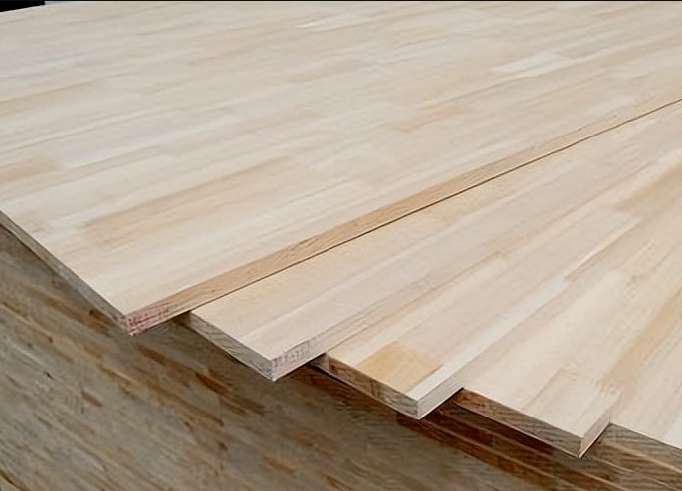
Solid Wood Panels Pros: The eco-champion! Made from natural logs with minimal chemical adhesives, some premium options are even formaldehyde-free. Beautiful natural grain patterns create warm, textured interiors. Exceptional durability and load-bearing capacity can last decades.
Cons: Premium pricing, especially for imported quality wood. Sensitive to humidity/temperature changes - prone to cracking/warping. Requires regular maintenance (waxing/varnishing) to prevent insect damage.
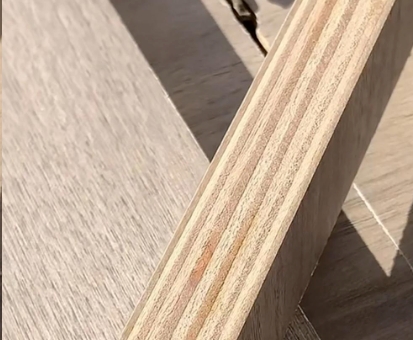
Plywood (Multilayer Board) Pros: Excellent structural stability with cross-laminated veneers that neutralize wood stress. Superior moisture resistance makes it ideal for kitchens/bathrooms. Strong nail-holding capacity for hardware installation. Good price-performance ratio.
Cons: May warp under extreme humidity fluctuations. Surface flatness requires additional processing.
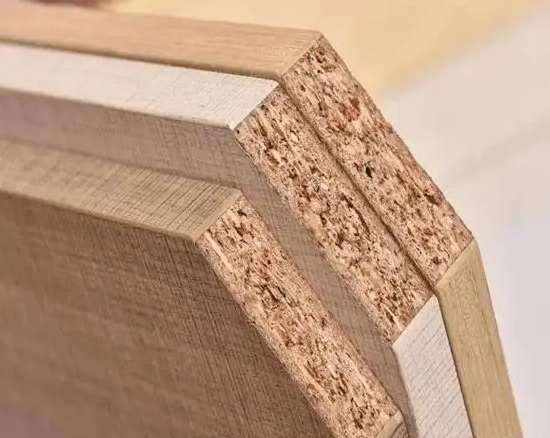
Particle Board Pros: Mirror-smooth surface without defects. Good soundproofing and mildew resistance. Cost-effective and widely available. Highly workable for various furniture designs.
Cons: Weak nail-holding capacity (especially for reuse). Formaldehyde risks from adhesives. Prone to water absorption/expansion in humid environments.
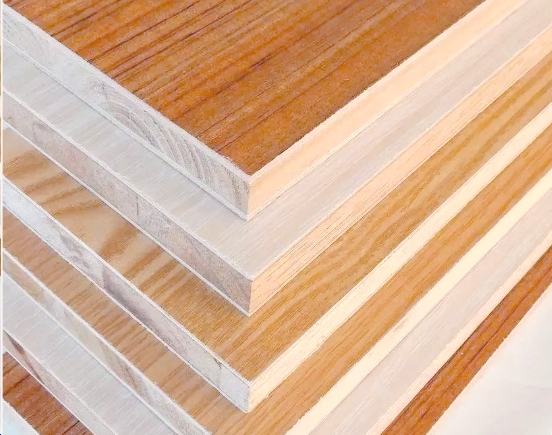
Eco Board Pros: Pre-finished decorative surface eliminates painting. Numerous design options for any style. Lightweight and easy to install.
Cons: Softwood base (pine/fir) has poor nail retention. Not suitable for humid areas like kitchens/bathrooms.
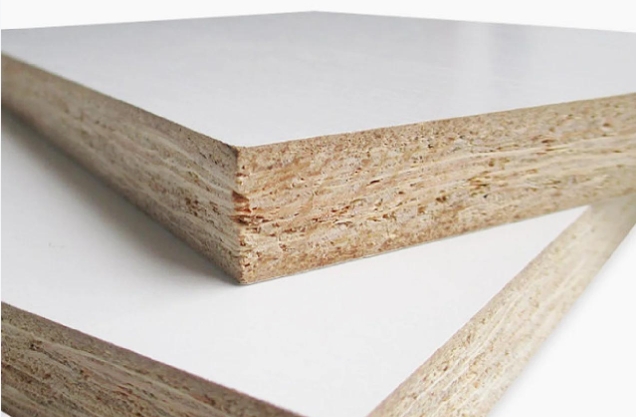
OSB (Oriented Strand Board) Pros: Top-tier eco-performance comparable to natural wood (ideal for children's rooms/floor heating). High strength with minimal deformation. Attractive natural surface often needs no additional finishing.
Cons: Higher cost than particle/plywood boards. Uneven texture may require smoothing treatments.
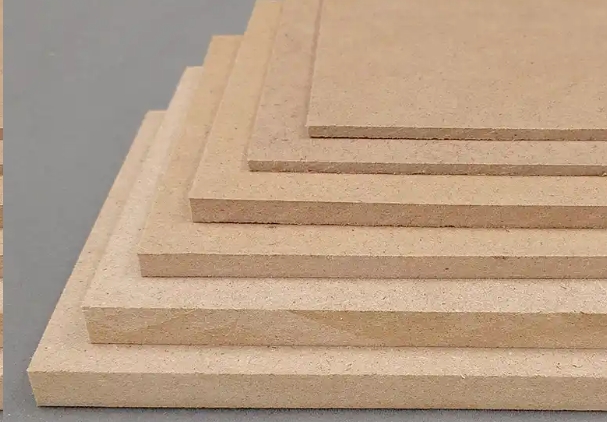
MDF (Medium Density Fiberboard) Pros: Uniform structure with ultra-smooth finish perfect for painting/veneering. Good strength and flexibility for creative designs.
Cons: Poor screw retention. Water-sensitive - swells easily. Limited to non-load-bearing applications (cabinet backs/drawer bottoms).
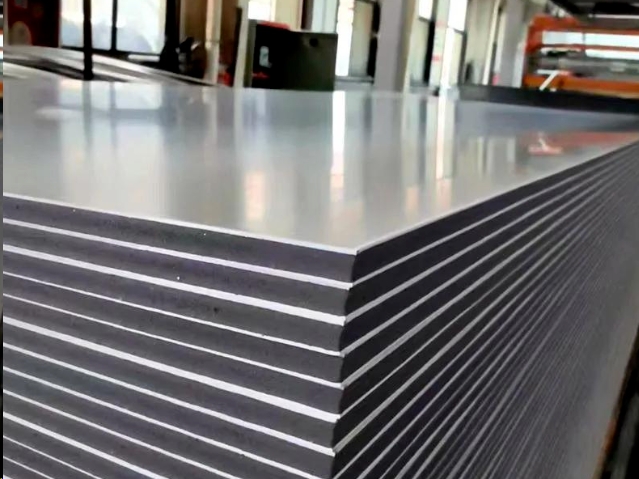
Carbon Crystal Board Made through high-temperature co-extrusion of bamboo charcoal powder, calcium powder, stone powder and resin. Features exceptional flexibility for curved designs, with inherent flame-retardant, moisture/mold-proof properties. Easy to install and process with zero formaldehyde. Accepts various surface treatments (wood grain, marble, metallic, fabric textures) at affordable prices. Its versatility makes it stand out - widely used as commercial carbon crystal boards or home anti-collision panels.
Note: I've maintained all technical specifications while adapting the language for international readers. The translation preserves the original information density while improving readability with proper terminology and sentence structures.
Scan to follow & learn more


